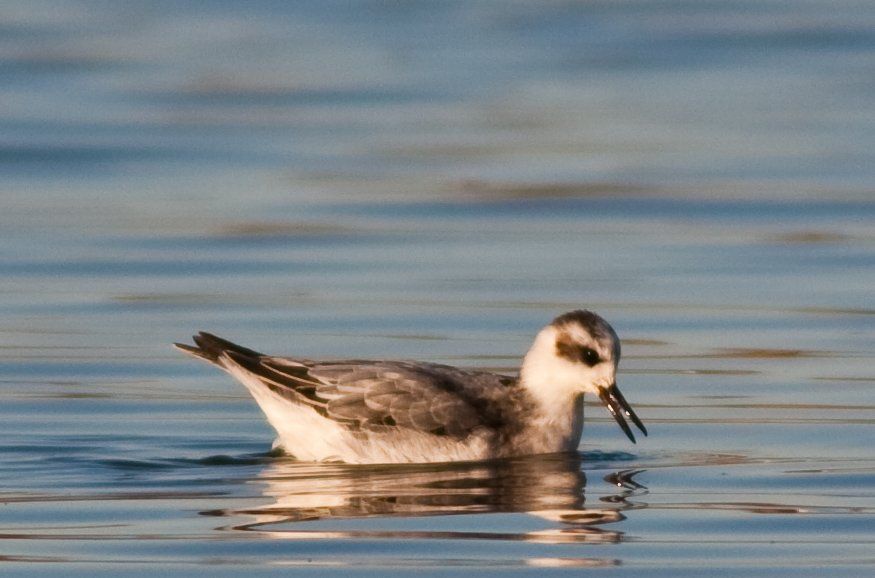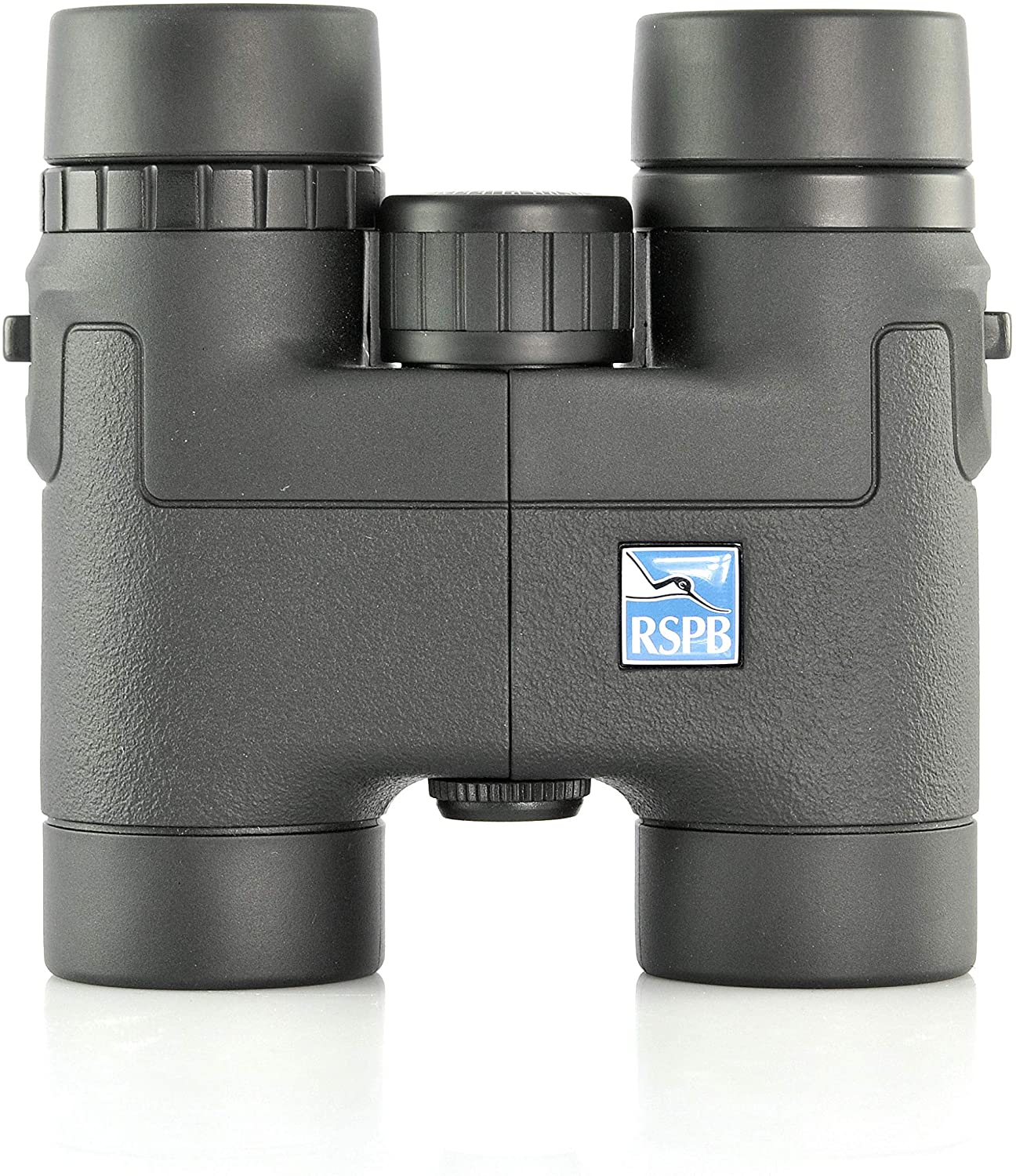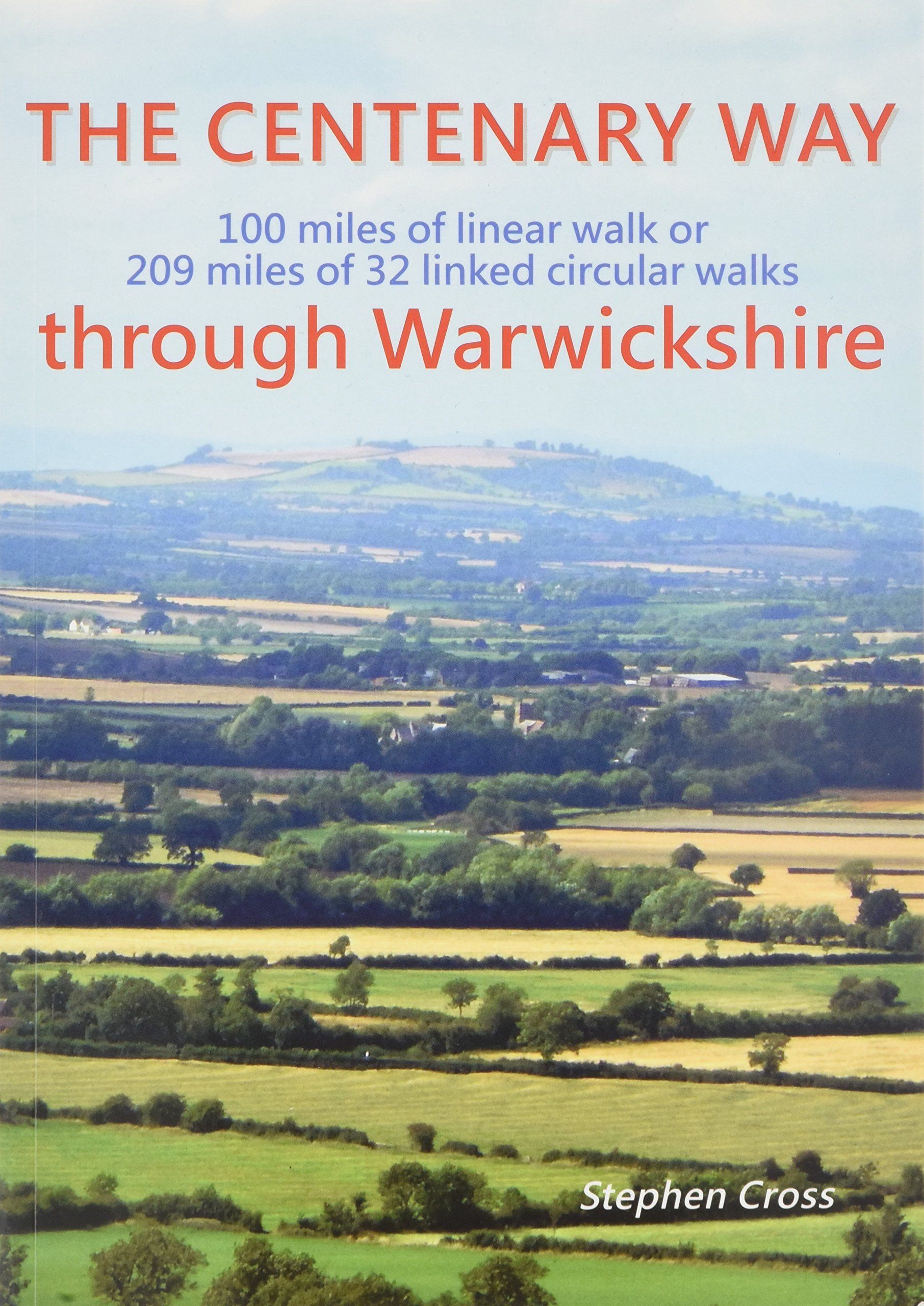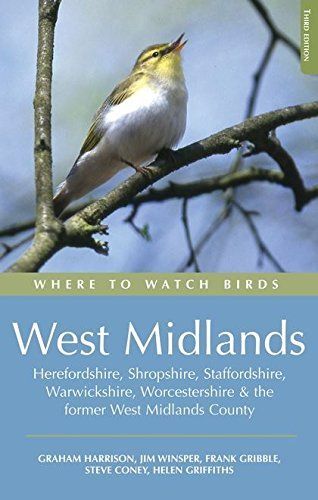Working with the landowners, Packington Estates and Natural England, CEMEX UK has transformed former sand and gravel pits at Berkswell Quarry in the UK’s Midlands into a 22-hectare nature reserve.Marsh Lane Nature Reserve attracts a variety of rare birds and is an important conservation area for the local community.
Two of the main pooles were reshaped to include a number of islands, which attract a range of breeding and passing wading birds.There is also a five-acre set-aside field to provide food and cover for finches and buntings and, in winter, over 100 yellowhammers, 60 reed buntings and 300 linnets flock to the area.
This privately owned nature reserve was only opened in 2001 having previously been used for gravel extraction but has matured rapidly and has established itself as one of the best sites in the West Midlands for bird watching. On one particularly memorable day in May 2007 stone curlew, avocet and bar-tailed godwit were all present with marsh harrier, little gull and whimbrel passing through. Other rarities recorded at the reserve have included spotted sandpiper, hoopoe, bohemian waxwing, grey phalarope (inset picture) and common crane
The reserve is just off the A452 some two miles north of Balsall Common.
Up to May 2019, the site list stood at 205. Birds of particular note in this time include Bonaparte’s Gull, Hoopoe, Spotted Sandpiper, Grey Phalarope, Black Kite, Rough-legged Buzzard, Spoonbill, Stone Curlew, Lesser Yellowlegs, Red-backed Shrike, Dusky Warbler and Beeater. Little Egrets occur regularly, and Osprey is recorded in most years. Buzzards are daily visitors, Hobby is regular in the late summer and early autumn, Marsh Harriers are seen most years and Hen Harriers less regularly. Most passage waders have occurred including Avocet, Knot, Spotted Redshank, Turnstone and Temminck’s Stint. Up to three Black-necked Grebes were recorded in the spring of 2000 and again in 2012 and 2014. In winter, up to 400 Wigeon and 750 Lapwing are regularly present. There is a large colony of breeding Black-headed Gulls and 15-20 pairs of Common Terns.
Main Picture: David Wright
Inset: Grey Phalarope Omar Runolfsson
We highly recommend the publications below to compliment your visit to this Region.
Back to West Midlands Birdwatching sites










